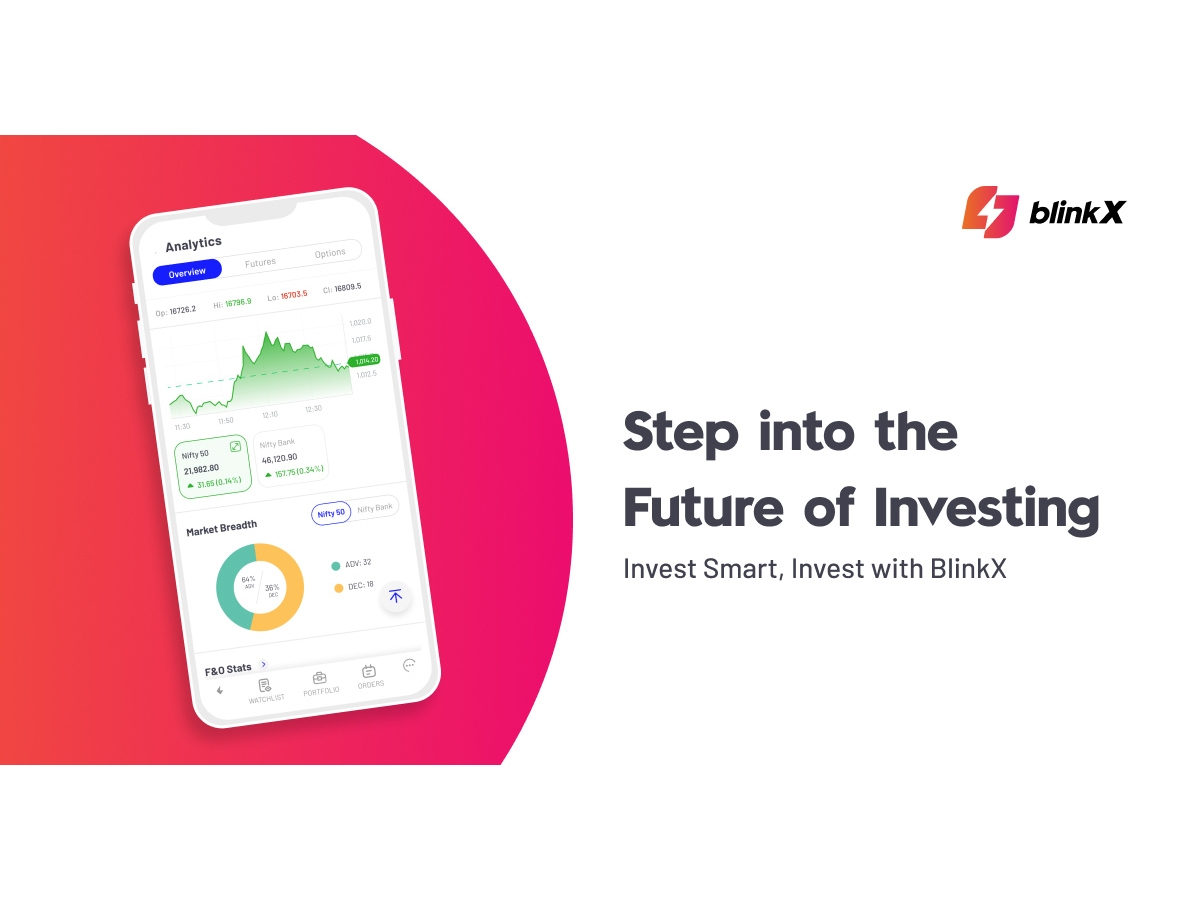Nothing Phone (2) review: The most substantial Android phone refresh for 2023

All tech brands, and this is truer for smartphone more than anything else, that start out in the more affordable price bands eventually reach a crossroads. ‘How soon’ differs and depends on various factors, ‘confidence’ being one. It is here that a decision needs to be made. Easier choice, continue down the same path for a while longer. The difficult option, take a step up, into the more premium echelons. With it, a better chance to showcase tech prowess, if there’s any.
The UK-based Nothing has made that jump much sooner than any of its peers have managed, ever since Android smartphones became a thing. The Nothing Phone (2) is a significant step forward, compared with its predecessor from last year, Nothing Phone (1), also the start-up’s first product. We mentioned confidence. In June, they raised $96 million in a fresh round of funding. That will help. So would the response to three wireless earbuds, that have gone on sale in the past couple of years.
Even co-founder Carl Pei’s previous company, OnePlus, took baby steps towards more expensive smartphones. Xiaomi is still struggling to change buyer perception. Samsung is unable to let go of the volumes of its more affordable Galaxy A and Galaxy M phones. Google also launches a more affordable Pixel phone every year. These are some illustrations.
Nothing may be bypassing the essence of time, to hopefully, stand the test of time.
The Nothing Phone (2) is priced like an Android flagship phone. Depending on spec (and colour), you’ll be paying ₹44,999 or ₹49,999 or ₹54,999. The predecessor is ₹32,999 onwards, and there have been price corrections along the way, as is the norm.
You do get a lot more phone, for that larger price tag, though visually it isn’t exactly a radical departure. The display is bigger, and this should appeal to a much larger demographic, a mid-range processor has made way for a flagship phone chip, albeit a generation older. Larger battery with faster charging. And dual 50-megapixel cameras.
At first glance, apart from the size difference, the Nothing Phone (2) doesn’t look much different from the Phone (1). That’s before you realise the very gentle curve on either side of the back panel, as it merges into the flat sides. Certainly, sits better in your grip, though there can always be the subjectivity of preferring a perfectly flat back. Putting a case on the Nothing Phone (2) isn’t really an option, because of what it’ll hide, which is the Glyph interface.
A lot of time has passed since flashing LEDs were a norm on phones – incoming notifications, missed calls and battery charge status. Nothing’s attempts to light up a phone like a Christmas tree, did bring along its own unique charm last year. The Phone (2) gets even more lighting zones that opens the scope for finer effects, utilities such as timers and battery charge status and ties in with the Glyph Composer app for lighting up to ringtones.
You do have controls over illumination level. Can be turned off too, if you evolve into a more refined human being one fine morning.
Potentially, utility gets enhanced with Glyph now available for third party apps. Uber, for instance, will be able to use Glyph lighting zones to tell you how far away your ride is. Zomato’s order delivery countdown, expected soon, can use a lighting zone to visually illustrate information you’d otherwise have had to light up the display for.
Two Glyph interventions don’t seem to work simultaneously, at least when we tried. If the timer is on, the charge status remains off.
Yet for Glyph to really work for you, it will be important to get into the habit of leaving the phone upside down on the work desk, bedside table and the car dashboard. That habit may not come easy. If you are wondering about running the risk of scratches on the screen, there’s Gorilla Glass 5. The Phone (1) too used Gorilla Glass 5. There has since been gen 6, Victus and Victus 2.
Speaking of which, a larger display does widen appeal. In number terms, it isn’t a big difference – 6.55-inches to 6.7-inches. For usability, most of us have become used to larger display real estate. The Phone (1) would’ve taken some getting used to. The Phone (2) is more in line with the needs of this era.
A likeable screen, which really does well with colours. Even without choosing the vivid mode, it is a lively canvas to work with. The 120Hz refresh rate is an option, and since the underlying tech is LTPO, or Low-temperature polycrystalline oxide, the software can reduce this to as low as 1Hz. For instance, if you are reading a webpage or an e-book. Saves battery too. At certain points in the interface, you must get used to Nothing’s unique fonts, and that’s when this screen’s sharpness comes through quite nicely.
Significant evolution in terms of the processing power with a flagship chip. The Qualcomm Snapdragon 8+ Gen1, which itself was a correction to the Snapdragon 8 Gen1. Though it has still been succeeded by the 8+ Gen2, it in no way diminishes the potential of the chip Nothing is hedging its bets on. And it is a safe bet, and we should many more flagship Android phones in and around the ₹45,000 price point, use this chip to good effect over the next year or so.
The Phone (1)’s brave journey with the Snapdragon 7 series chip did hit virtual performance ceilings if your expectations were more than possible delivery, but for most users, it was enough smartphone. Yet, by switching to a more capable foundation, Nothing is adding a generous amount of longevity to your purchase. If you can, stretching the budget to get a 12GB RAM variant of the Phone (2), will add to that pursuit.
Nothing OS 2.0 is a very different take on Android customisations. Quite minimal in approach, yet a complete wrap. There is still to option to retain a typical Android interface, with all its familiarity. But if you have bought the Nothing Phone (2), why wouldn’t you try the monochrome theme? Everything gets a darker tone – how many shades of grey were we talking about?
The seconds arm on the clock widget stands out with a contrasting red, as does the Do Not Disturb widget, when enabled. Icons get a monochrome treatment. So does the rest of the interface, with duality of tones very visible at places. Not everyone’s cup of tea, but you must give it a chance.
Unlike phones that headline with a primary sensor that has lots of megapixels and pairs them with mediocre sensors for the sake of it, Nothing’s approach is one of balance. Instead of three, the Phone (2) makes do with dual cameras, each a 50-megapixel sensor – a wide and an ultrawide. The optical hardware is backed by smart software too. The Snapdragon 8-series chip in use here allows for an 18-bit image signal processor (ISP), which means the cameras can capture and process a claimed 4,000 times more data than the cameras on the Phone (1).
Also Read:Nothing Phone (1) review: There’s a lot that’s unique, yet comfortingly familiar
Will you miss a dedicated macro camera?
Results are impressive, something the Phone (1) too has evolved with well-done software updates through its cycle. For the Phone (2), Nothing is building on an existing foundation, and it shows. Advanced HDR, for instance, now takes 8 photos at different exposures and combines the results into what you see as the final photo. The main sensor has optical image stabilisation (OIS) and electronic image stabilisation (EIS). The 2X zoom is better too, in getting more details.
To touch on a point we spoke about earlier, it isn’t always easy to make the transition upwards in a price band. In the first attempt, Nothing has done what its peers hadn’t managed. There is substance to go with the larger price tags – more performance, refined design, bold choices with the interface and a camera that is as close as you get to an iPhone’s point-and-shoot ease, in an Android phone.
Glyph Interface is unique, and while Nothing already has given it a suite of utilities, the truest of them will come when third party apps are given access. Uber and Zomato must only be the start.
There is always a hint of spec focus when a buyer is potentially spending so much money. The Nothing Phone (2) gets its toughest competition from the OnePlus 11R. Samsung’s updated the Galaxy S21 FE with an ageing Snapdragon 888 chip and priced it at ₹49,999. For, they have no other answer to a growing potential for Android flagship such as the Phone (2), because its most inexpensive flagship, the Galaxy S23, costs ₹74,999 and has a 6.1-inch screen. That renders it ineligible, for quite a few consumers.






